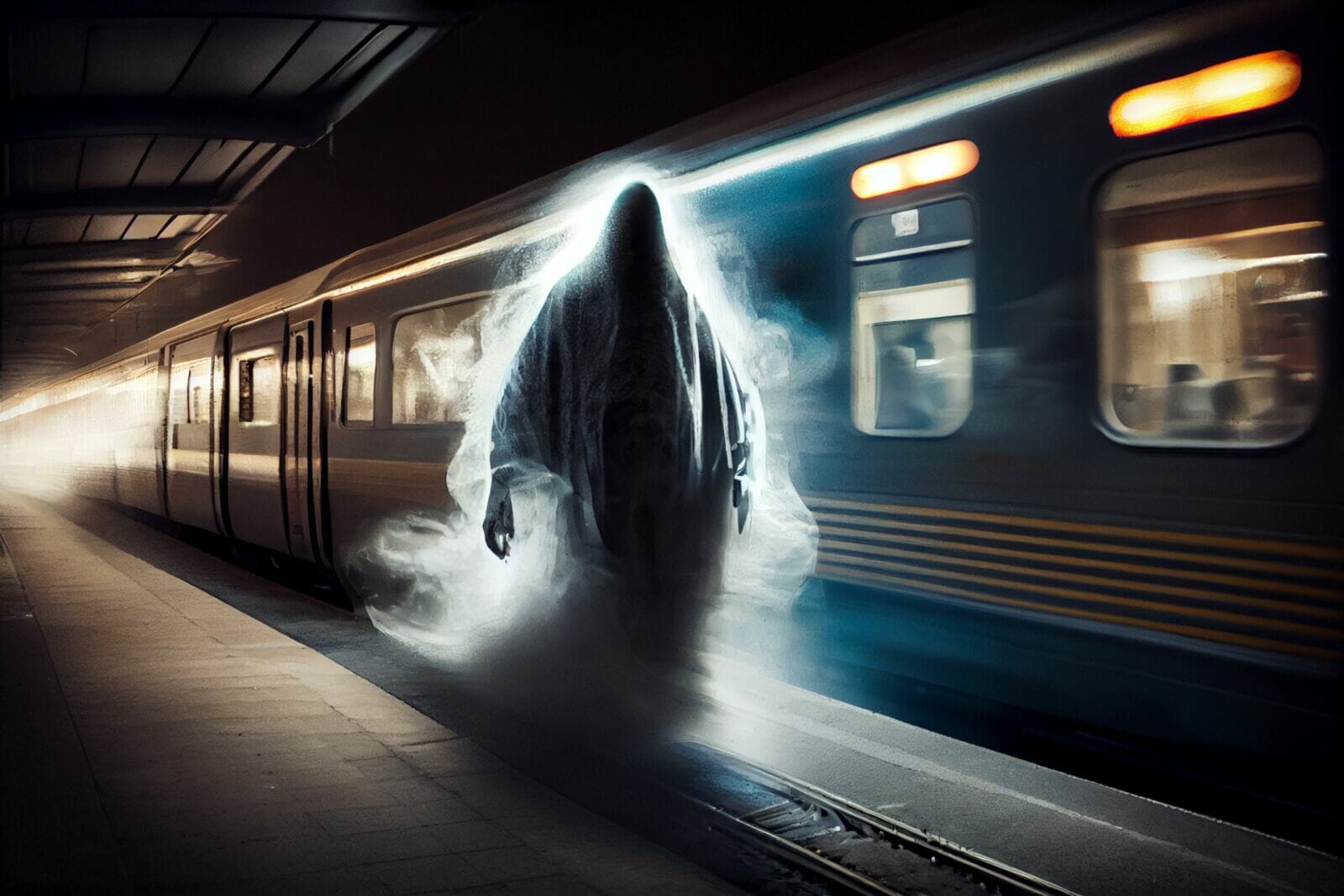For many people, the weekend means the ordinary: relaxing by the pool, watching television, drinking with friends, whatever. But for the Phoenix Arizona Paranormal Society (PAPS), the weekend brings anything but the ordinary.
DEEPER DIVE: Top 10 most haunted places in Arizona
PAPS is a team of seven paranormal investigators in Phoenix and has been investigating activity in the Valley since 2000.
According to their website, PAPS offers its clients paranormal investigations free of charge.
Using video and audio equipment, PAPS attempts to determine whether or not a client is indeed experiencing the paranormal.
In doing so, they hope to document and prove the existence of life after death.
While this may cause skeptics to balk, for the PAPS team, they believe they are offering a real service to people who may have nowhere else to turn.
“Our biggest get-back is just helping the family out. Especially a family that’s been struggling with whatever paranormal activity,” said Drew Gill, a PAPS investigator for almost five years.
During the week, members of the team work ordinary jobs. But on the weekends, usually Fridays and Saturdays, the team conducts their nocturnal investigations, according to Gill.
With the proliferation of shows such as “Ghost Hunters” and “Ghost Adventures,” ghost hunting is often viewed with giggles and skepticism.
These shows seem to overhype and dramatize their “investigations,” likely to entertain a weekly audience.
But this is why PAPS is different, according to Lara Davis, lead investigator. They have no audience to entertain.
“The fact that we’re not on T.V.—that immediately sets us apart because we don’t have the pressure to make a show for people to watch. We are just offering what we’ve caught whether you like it or not,” Davis said.
Eugene Clay is an Associate Professor of Religious Studies at Arizona State University. According to Clay, ghost hunting is nothing new, nor has it been very successful in proving life after death.
“With the development of photography in the 1830s—you’ve got spirit photography, this effort to try to photograph spirits—to provide some kind of material basis—scientific, empirical basis—for religious beliefs,” Clay said. “The modern kind of psychic investigators who use different instruments to try to find and learn more about what might be ghosts—they’re drawing on this tradition. Of course, it hasn’t been very successful. Most of the efforts to try to find a material soul have not yielded anything that’s conclusive.”
Davis believes PAPS has proven the existence of a spirit life. But proof alone may not be enough.
“For us, when we’re there, and we capture a voice or a human figure on video—to us that’s proof,” Davis said. “I mean, we know that it wasn’t there visually or audibly with our ears or eyes while we were at the location. But to put that out to the public—even though it may be proof to us—it’s really hard to convince somebody that’s not there that it’s actual proof. … We have caught hundreds and hundreds of things, but how do you force somebody to believe it?”




